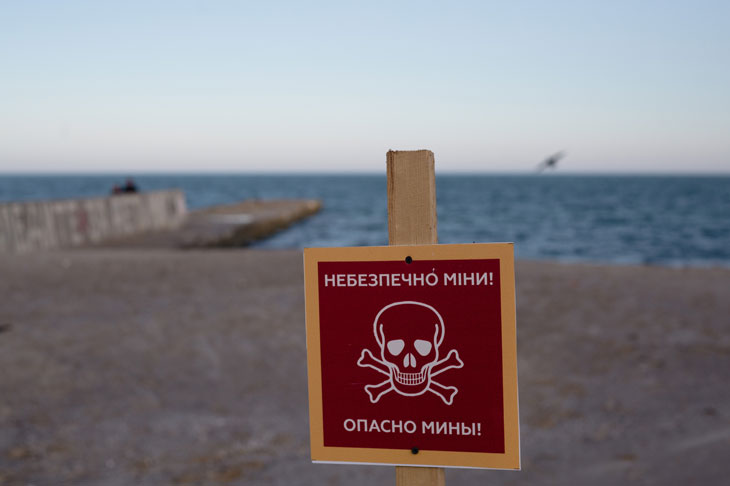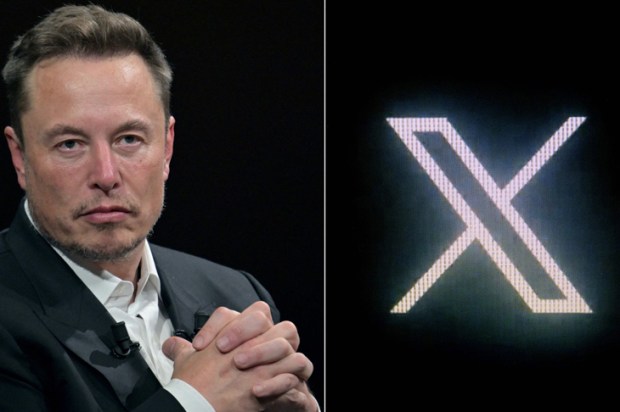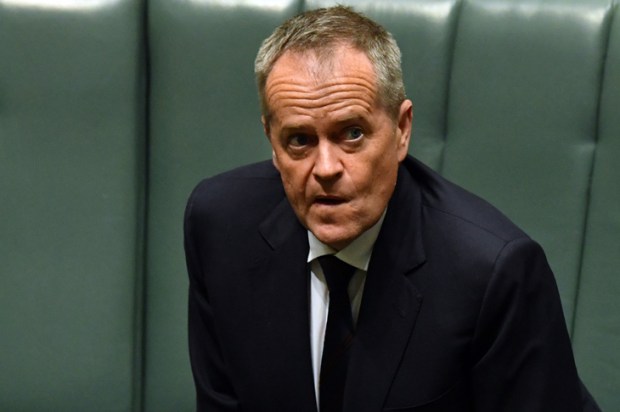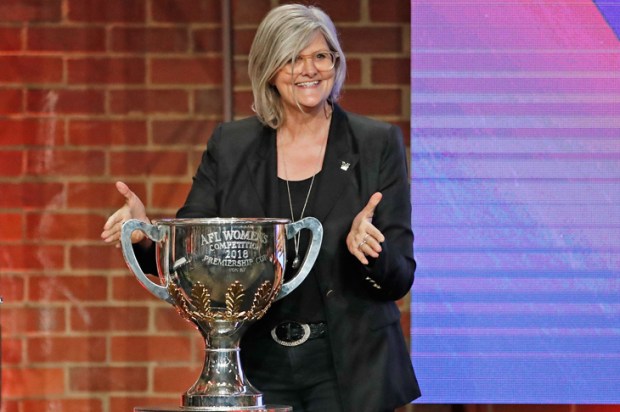Australia and the US fear that China’s newly minted security agreement with the Solomon Islands will bring Chinese military bases 2,000km offshore from Australia and anticipate that China will shortly put boots on the ground there. As sovereign states, China and the Solomons are fully entitled to enter into an agreement that introduces the Chinese military into the Pacific island country.
The sovereign state is the basic unit of the modern world order. Sovereignty gives the state exclusive competence to make binding decisions over its people and resources and equal legal status with all other states. Sovereignty neither derives from nor is dependent on the nature of the regime in power. Ukraine, Russia and China are no less sovereign than Australia, Britain and the US regardless of democratic freedoms and corruption levels. Sovereignty and its logical corollary non-intervention impart order, stability and predictability to what otherwise would be international anarchy.
What happens if the exercise of sovereignty by two countries affects core security interests of a third country? In 1962, Cuba and the Soviet Union were within their rights to station Soviet nuclear missiles in Cuba. Yet for the US to have accepted this would have been a grave strategic error. JFK was right to prioritise strategic logic over international law and sovereignty. In one of history’s great triumphs, he managed to deter but not provoke Khrushchev, succeeded in removing the missiles from the Americas and avoided a nuclear war, albeit with crucial elements of luck as well as sound policy.
Suppose the Solomons deal is followed over the next two decades with increasingly more substantial security agreements between China and the Cook Islands, Western Samoa, Tuvalu, Tonga, Fiji, Vanuatu and Papua New Guinea. At which point will Australia take immediate forceful action, delay confrontation to a later date if and when China attacks but risk much higher military casualties, or simply accept large-scale Chinese military presence in Oceania as the new normal? Or, if you really want to play devil’s advocate, what if an elected conservative government in New Zealand is met with wide protests in which China is actively involved, Beijing is discovered by intercepts to have its own preferred PM and the protests force out the elected government that is replaced by the pro-China PM, as happened in Ukraine in 2014? Would we just sit back with a Gallic shrug of c’est la vie?
In recent decades Indian anxieties have also grown about China’s wolf warrior diplomacy, creeping territorial advancements and the establishment of military outposts in contested zones. Indian analysts express concerns about China following a string-of-pearls strategy to trap India in a tightening strategic encirclement via Myanmar, Sri Lanka, Pakistan and potentially also Bangladesh, Afghanistan, Maldives and Nepal (my family home is located within 20km of that border). If India acquiesced to each of these because the country concerned has the sovereign right to enter into pacts with China, then with every successive step India’s strategic vulnerability to China would increase. The later the date of a war with China, the heavier would be India’s military losses. Conversely, the earlier that India chose to confront China, even if the final outcome is a military defeat for India, the scale of China’s military losses would be greater. This explains why India chose to confront China in Doklam at the tri-junction of Bhutan, China and India in 2017 and again in the Galwan Valley in 2020.
Would the US ever permit a security agreement that includes a consensual Chinese military presence in Mexico or Canada? Justin Trudeau did express admiration for China’s ‘basic dictatorship’. To ask is to answer. Ottawa is 733km from Washington, and Havana is 1825km. Honiara is 3069km from Canberra. Moscow is 755km from Kyiv, directly comparable to Ottawa-Washington. Nato had 12 founding members in 1949. Three more joined in the 1950s and Spain in 1982. United Germany continued as a member in 1990 and 14 central and eastern European countries joined between 1999-2020 to protect themselves against future Russian threats. Georgia and Ukraine are aspiring candidates. Add to that the stark reality of Canada and the US across the Arctic and, on the eastern flank, US allies South Korea and Japan.
Is it really that hard for Westerners having conniptions over China in the Solomons to grasp the unfolding national security nightmare for any Russian leader in the Kremlin, instead of the ludicrous personalisation of the crisis into Putin’s evil revanchism? Only strategic idiots could have convinced themselves that Russia would not attempt to break out of the tightening strategic encirclement. A cable sent home in 2008 by William Burns, the US ambassador to Russia, reported that Foreign Minister Sergey Lavrov and senior officials had reiterated ‘strong opposition’ to further eastward expansion by Nato which ‘Russia would view as a potential military threat’. Western statements about the benign and defensive nature of Nato could not offset security concerns that its military activities ‘had to be evaluated not by stated intentions but by potential’. Moscow perceived ‘strategic encirclement’ and ‘efforts to undermine Russia’s influence in the region’ and held fears about the ‘unpredictable and uncontrolled consequences which would seriously affect Russian security interests’. Nato membership for Ukraine was also ‘an emotional and neuralgic’ issue for Russians, Burns noted.
No objective analysts can deny that between Russia and the US, since the end of the Cold War the latter has been the more revisionist and interventionist power and left a trail of destruction, death and broken countries in its wake, from Afghanistan to Iraq and Libya and others in between. It may be that Western assessments of underlying fundamental weaknesses of Russia are correct and the Ukraine invasion will topple Putin and break up Russia still further. Certainly the highly visible military setbacks, including the sinking of the flagship Moskva, suggest that Russia’s military is far from being a modern, combat-ready force. Repeated reminders of its nuclear weapons signal weakness and desperation more than strength and self-confidence. But it’s also possible that Ukraine’s military successes have been exaggerated, Putin’s aim from the start was to consolidate control over eastern and southern Ukraine, gain acceptance of Crimea as part of Russia and secure an unbroken land corridor to Crimea. The military pressure around Kyiv may have been a successful ploy to prevent Ukraine boosting defences in the east. The BBC’s regular map updates confirm that in the east, the story of the campaign thus far is consolidation and advances, not reversals and retreat. Nato called Russia’s bluff on the Ukraine red line and we are where we are. Are we now ready to call Putin’s nuclear bluff too?
Got something to add? Join the discussion and comment below.
Get 10 issues for just $10
Subscribe to The Spectator Australia today for the next 10 magazine issues, plus full online access, for just $10.
You might disagree with half of it, but you’ll enjoy reading all of it. Try your first month for free, then just $2 a week for the remainder of your first year.














Comments
Don't miss out
Join the conversation with other Spectator Australia readers. Subscribe to leave a comment.
SUBSCRIBEAlready a subscriber? Log in